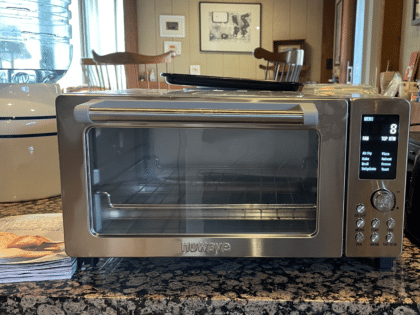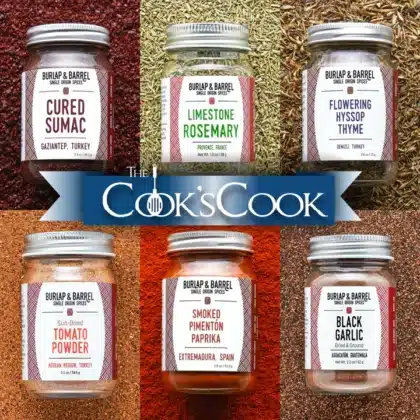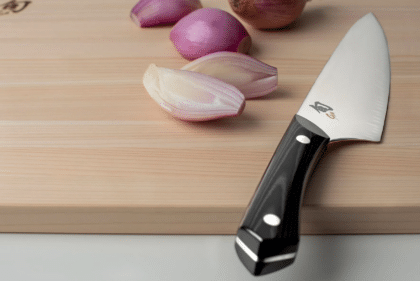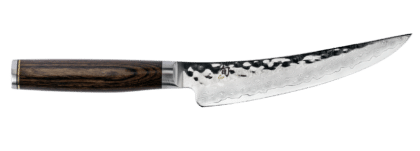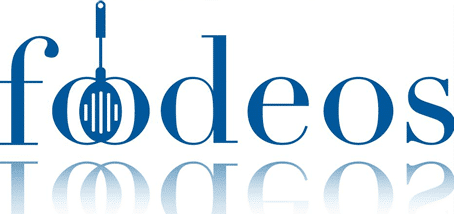The Berkel Red Line 250 is the Slicer of Your Dreams
The dream of European hospitality, built for your kitchen.
Over the years I’ve had a lot of cookware and appliances land in my kitchen, but the Berkel Red Line 250 is the only piece of equipment which has actually made someone loudly exclaim “WOW!” when their eyes landed on this gleaming new kitchen appliance sitting on my New York City countertop.
That reaction came from our downstairs friends and neighbors, a couple who come, respectively, from Switzerland and Luxembourg, countries known for their consumption of sliced, cured meats. Not only were they impressed by the gleaming, cherry red meat slicer newly installed on our kitchen island, they commented on how they both have family members who own their own slicers in Europe, and how this one was much nicer than any of their European counterparts.
That statement, in itself, gets at the biggest question you may be asking yourself: do I really need to own a meat slicer?
As it turns out, more than you’d think.
Descended from royalty
Chances are, at least once in your life, you’ve seen a Berkel Volano, the incredibly gorgeous flywheel-operated meat slicer which replicates hand slicing using an entirely mechanical system. It is the Ferrari of meat slicers; the Alpha and the Omega; The One True Ring of charcuterie appliances. It is the meat slicer other meat slicers kneel down and worship at the feet of, anointing it with crowns of gold and woven flowers as they shield their eyes from its rapturous gaze. It’s also expensive, and is so large and impressive that it’s effectively a piece of installation art.
A Volano is a statement piece and odds are pretty good you won’t run into one in the average home. But owning a meat slicer, particularly in Europe, is actually pretty common. And if the Volano is the King of the Meat Slicers, the Berkel Red Line 250 is its trusted advisor. Powered by an electric motor, the Red Line 250 is significantly smaller and sized for a countertop, while retaining the same styling as the Volano. Like the Volano, it’s also capable of slicing meat in a wide range of thicknesses, which you can modify using a hand dial. It’s also very specifically not a commercial meat slicer—this is a product designed and intended for home use, beautiful enough to proudly display, and versatile enough to be used on a daily basis. Priced at $989.00, it’s also more easily attainable for those of us looking to showcase our discerning culinary expertise.
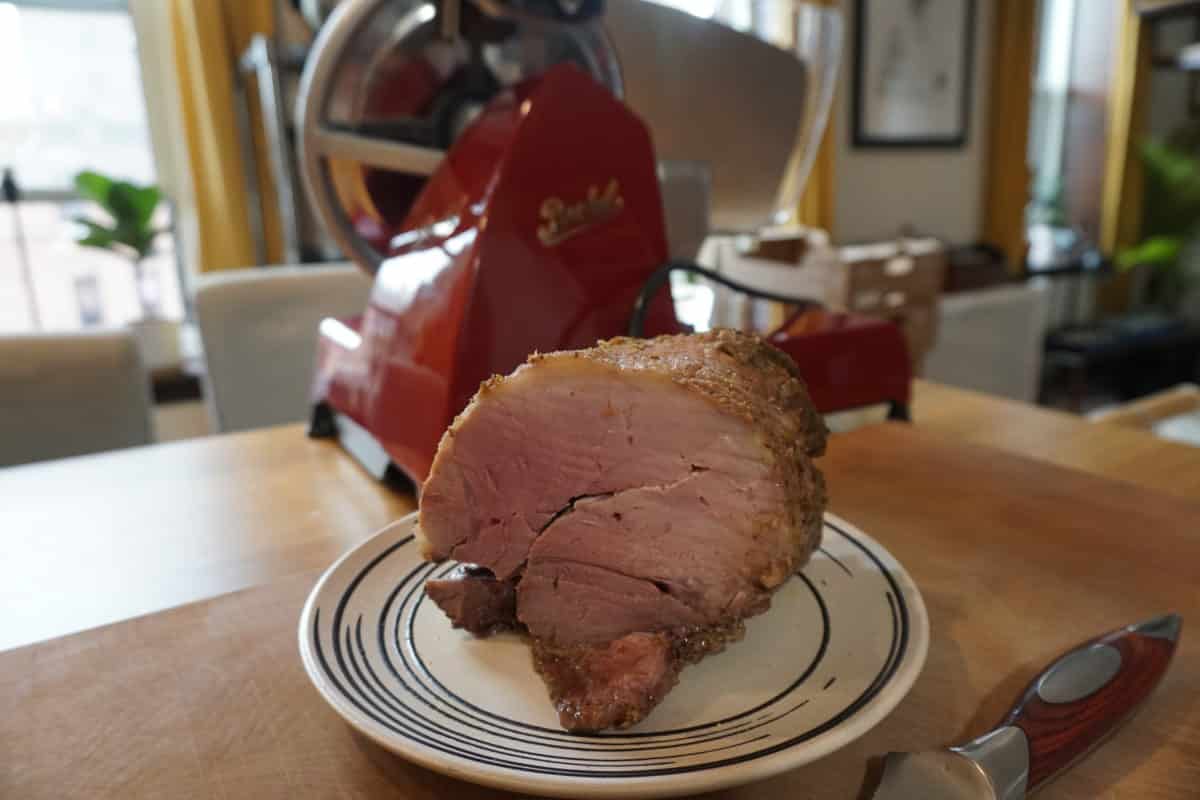
Slices like a dream
Designed for home use, the Berkel Red Line 250 has a number of advantages that you won’t find with other slicers. For one thing it’s gorgeous, so beautiful it’s literally distracting, and that sets it apart from the dull stainless steel models you’ll find in the back of a deli counter. But, more practically, it also features a removable “meat table” (the part of the slicer that the product you’re slicing actually sits on), has a very well-designed blade guard system to help prevent accidents, and also has a built in sharpening system, meaning that you don’t have to remove the blade in order to service it.
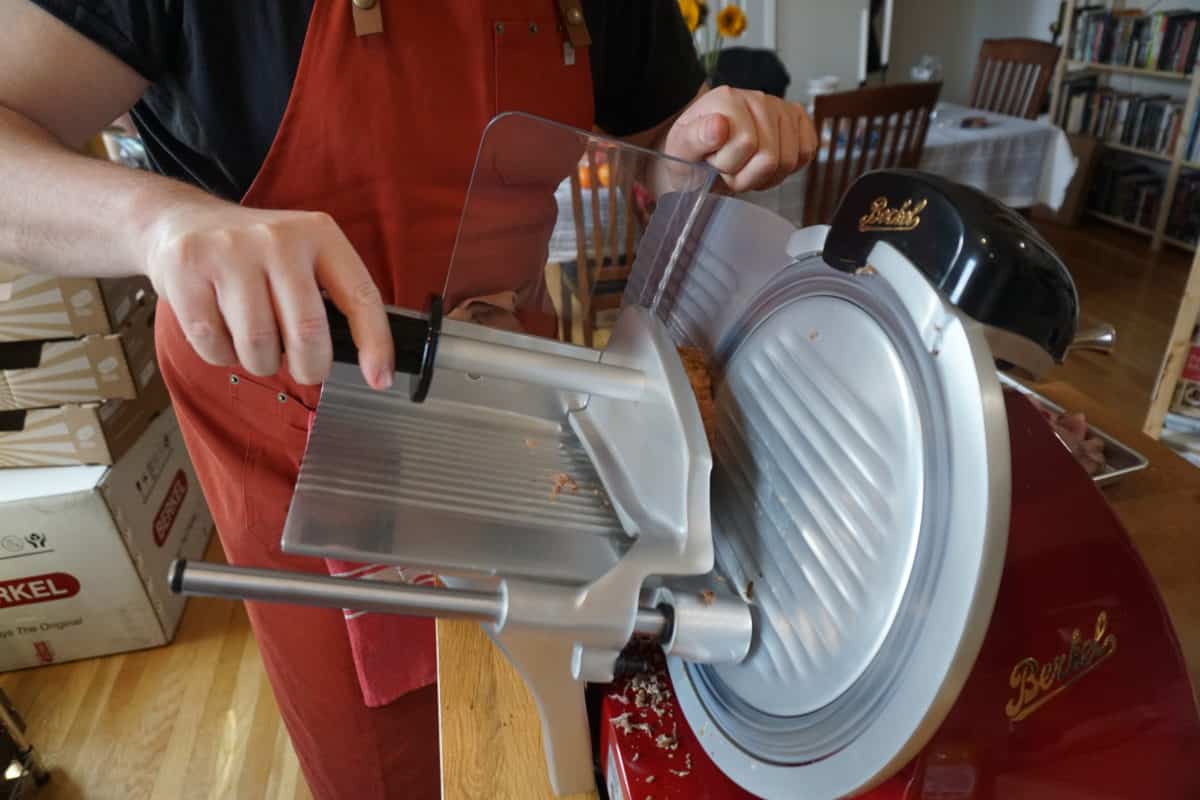
The Red Line 250 is also capable of slicing more than just meat. While for optimal consistency you’ll want your food to have a diameter of at least 7 inches, the Red Line 250 can slice fruit like apples and pineapple, various kinds of firm cheese, and I was even able to get it to slice whole dill pickles into thin sheets.
The Red Line 250 is also relatively easy to clean. Multiple components are removable for easy washing, and no special soaps or solvents are required: just soap, water, and a damp rag or dish towel. It’s not dishwasher safe, but, really, very little high quality kitchenware is.
Easy European hospitality in an American kitchen
One of the things that was so wild about testing the Berkel was that it is…easy. The food you’re slicing falls effortlessly from the blade, and the fact that you can dial in the thickness to the point where your product is truly paper thin means that you can create a dining experience that you’d otherwise need a butcher or deli counter for. Want to build one of those maximalist charcuterie plates featuring prosciutto so ephemeral it’s like umami-laden tissue paper? Absolutely an option. Want to slice a salami into rounds sturdy enough to pair with a thick slice of cheese? You do! It’s all good.
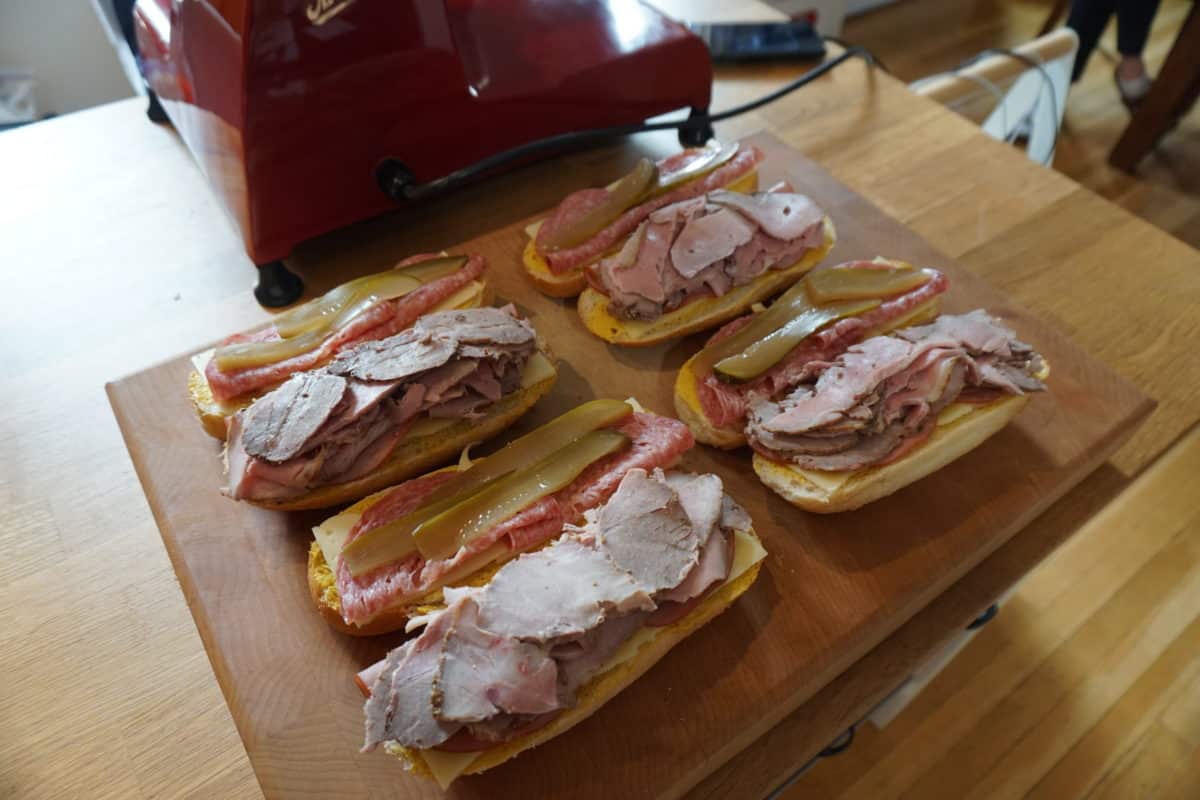
The potential for dinner parties is also almost obscene. For over a century Americans have been sold a vision of European hospitality, and generally it hasn’t been one that’s easy to access. Graceful tree-flanked terraces with solid hardwood pergolas aren’t exactly easy to come by, and while chefs like Julia Child and Marcella Hazan helped to demonstrate that food from Europe isn’t inherently fussy or hard to cook, the idea of centering a dinner party around the cuisine of a country like France, Italy, or Spain conjures up a vision of time spent procuring expensive ingredients, long stretches of chopping, sautéing, and baking, and generally putting in a lot of effort.
Charcuterie doesn’t require the same type of emotional or practical investment, but yields similar happiness. If you lay out crackers and thickly sliced crusty bread, wash and slice some fruit, put some nice nuts into bowls, and then just endlessly ply your friends and family with high quality charcuterie, they’re essentially guaranteed to be impressed. That’s a compelling vision for a time when you’re ready to entertain again, but would prefer to actually interact with people and not be buried in the kitchen.
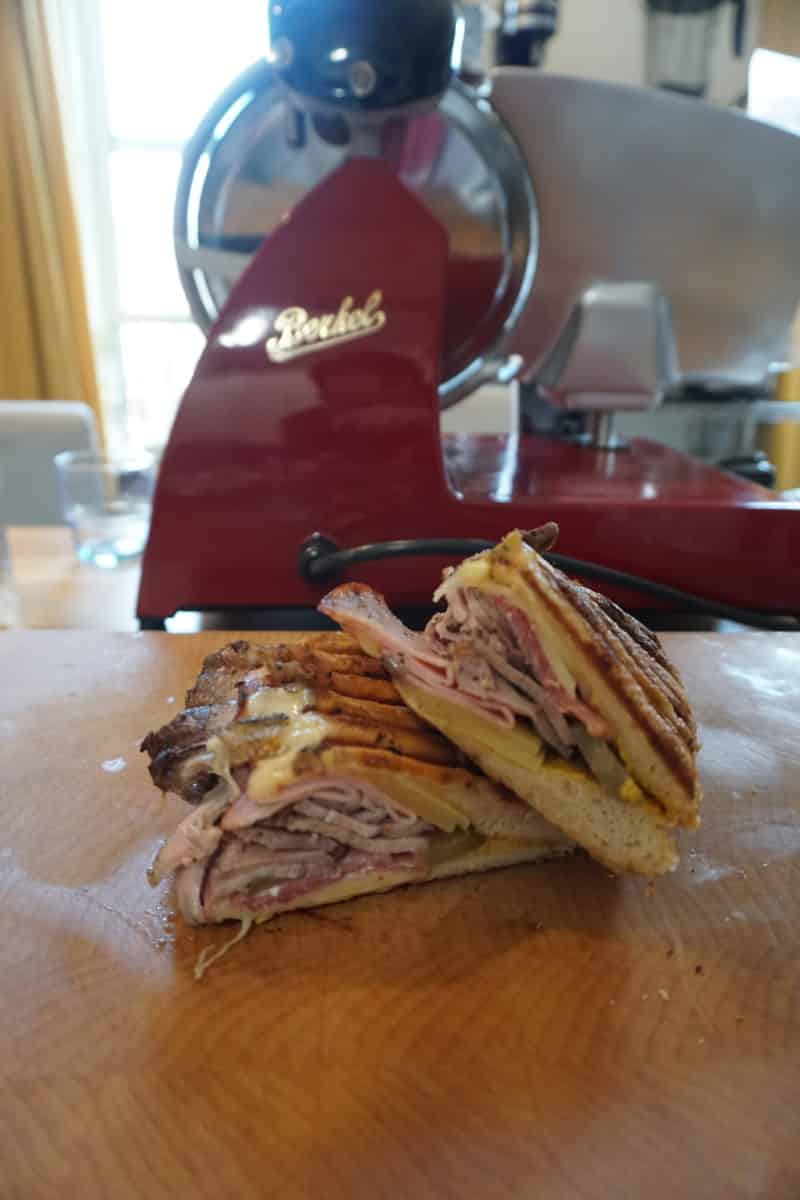
This is perhaps one of the best value propositions of owning a Berkel Red Line 250. Purchasing charcuterie that’s pre-sliced, or from the deli counter where it’s sliced to order, is expensive, with high quality aged meat easily selling for around $30 a pound. Buy an entire prosciutto, though, or salami cotto, or an American country ham, and the price per pound becomes far more manageable.
The dream of easy entertaining
At the end of my testing I was sold on the Berkel, and it was with great sadness that it left my kitchen to find its new home at The Cook’s Cook Test Kitchen. Particularly at this moment, as vaccinations are rolling out across the United States, the idea of easy entertaining is particularly compelling. The reality, though, is that the Red Line 250 lends itself quite well to daily life, and to a mode of eating which involves assembling sandwiches, quickly carving up leftover roasts, building small cheese plates, and otherwise putting together a meal which doesn’t require a ton of effort. That’s also a compelling vision, and one worth investing in.
View Product Link

